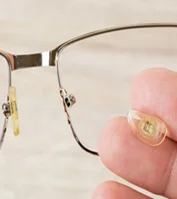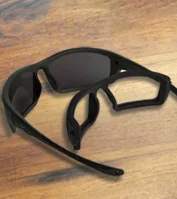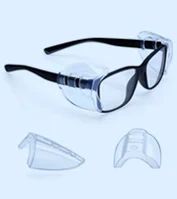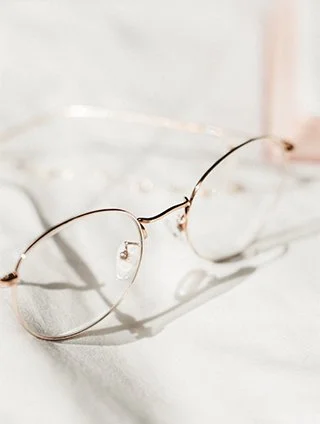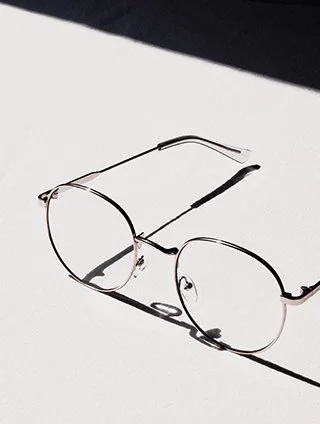HOW TO READ AN EYEGLASS PRESCRIPTION
Do all those words on your prescription sound like Greek to you? Well, some of them are. But don't worry, we're here to teach you what it all means.
EXPLANATION!
To put it simply, your glasses prescription is a series of numbers, usually in a chart, and those numbers help us create lenses that will best correct your vision. Prescription charts typically have two rows—one for your right eye and one for your left—as well as five columns that are used to precisely describe your prescription. See, things are getting easier already.
The first thing you'll notice when you look at your prescription is a bunch of abbreviations. Here's what that shorthand means.

SPH OR SPHERE
The “spherical error” refers to correction needed for nearsighted ( - ) or farsightedness ( + ). If you have a “+” starting at beginning of your spherical error that means you need to select Reading during the Rx process. There's a “-” you're going to probably want to pick Distance unless you know you're going to order multifocal lenses. The larger the number following the +/-, the stronger the prescription.
CYL OR CYLINDER
Cylinder is needed to treat astigmatism, a refractive error if you like fancy words. It causes distorted and blurred vision which can result in headaches. Cylinder refers to the amount of lens power is need and is measured in quarters and proceeded by a (+) or (-).
AXIS
The axis number on your prescription tells your optician in which direction they must position any cylindrical power in your lenses (required for people with astigmatism). This number shows the orientation or angle in degrees from 1 to 180. The number 90 means vertical position and 180 horizontal.
ADD OR NV
ADD is the additive power needed for Meaning Near Vision, this is used to prescribe a multifocal or reading correction, measured in quarters. This power for bifocal or progressive lenses enlarges immediate vision and is therefore always indicated by a positive sign ( + )
OD & OS
The medical abbreviation OD, oculus dexter for you fans of Latin, refers to the right eye, whereas OS, or oculus sinester, is your left. Sometimes these two are simplified to R and L.
PD OR PUPILLARY DISTANCE
In order to customize your glasses, you have to figure out your PD, or pupillary distance, aka, the distance between your pupils. Once we have this information, we can determine how to place your lenses in your frame. Just ask your optician; they should have your PD on file. You can also measure your PD yourself.
PRISM
Prism refers to the prismatic power used to correct vision displacement. It helps to reduce eyestrain and correct double vision.















